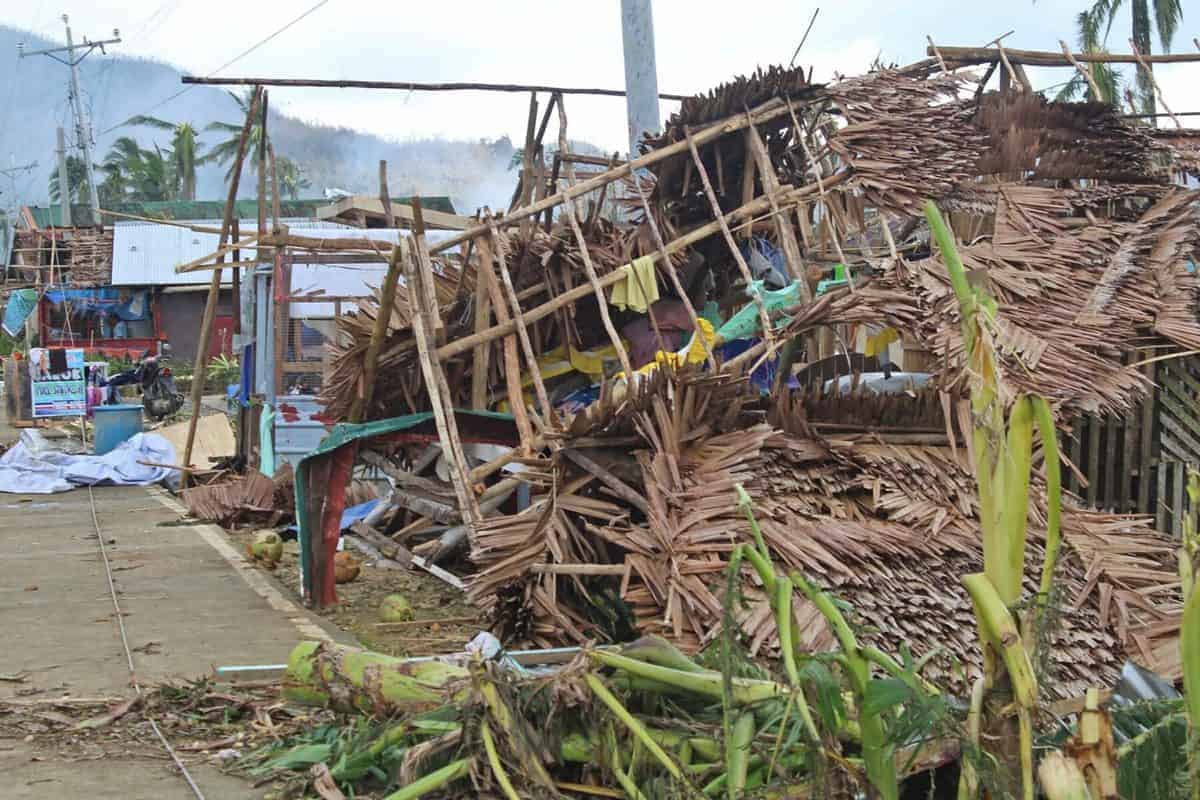Manila: The governor of an island province in the central Philippines said at least 49 people died in the devastation wrought by Typhoon Rai in just half of the towns that managed to contact him, bringing the death toll in the strongest typhoon to batter the country this year to nearly 100.
Gov. Arthur Yap of Bohol province said 10 other people were missing and 13 injured, and suggested the death toll may still considerably increase with many mayors unable to reach him due to downed communications.
In a statement posted on Facebook early Sunday, Yap ordered provincial mayors to spend money to rapidly secure food packs and drinking water, which was an urgent problem given that water stations have not been able to operate during power outage.
After joining a military aerial survey of typhoon-ravaged towns, Yap said it is very clear that the damage sustained by Bohol is great and all-encompassing.
He said the inspection did not cover four towns, where the typhoon blew in as it rampaged on Thursday and Friday through central island provinces. The government said about 780,000 people were affected, including more than 300,000 residents who had to evacuate their homes.
At least 39 other typhoon deaths were reported by the disaster-response agency and the national police. Officials on Dinagat Islands, one of the southeastern provinces first pounded by the typhoon, separately reported 10 deaths just from a few towns, bringing the overall fatalities so far to 98.
President Rodrigo Duterte flew to the region Saturday and promised 2 billion pesos (USD 40 million) in new aid.
At its strongest, the typhoon packed sustained winds of 195 kilometers (121 miles) per hour and gusts of up to 270 kph (168 mph), one of the most powerful in recent years to hit the disaster-prone archipelago, which lies between the Pacific Ocean and the South China Sea.
Floodwaters rose rapidly in Bohol’s riverside town of Loboc, where residents were trapped on their roofs and trees. They were rescued by the coast guard the following day. On Dinagat Islands, an official said the roofs of nearly all the houses, including emergency shelters, were either damaged or blown away.
The deaths and widespread damage left by the typhoon ahead of Christmas in the largely Roman Catholic nation brought back memories of the catastrophe inflicted by another typhoon, Haiyan, one of the most powerful on record. It hit many of the central provinces that were pummeled last week, leaving more than 6,300 people dead in November 2013.
About 20 storms and typhoons batter the Philippines each year. The archipelago is located in the seismically active Pacific Ring of Fire region, making it one of the world’s most disaster-prone countries.

